![]()
![]()
Star Trek celebrates its 50th anniversary today, and it’s been a long road getting from there to here through six television series and thirteen feature films. The franchise has spawned hundreds of novels, comics and fan productions and has inspired millions of fans to create their own contributions to the Star Trek universe. We thought it fitting that to celebrate the 50th anniversary we would take a look at where the franchise has been where it’s still going.
Star Trek: The Original Series
The brainchild of Gene Roddenberry, Star Trek: The Original Series (then just “Star Trek”) premiered on September 8, 1966. From the beginning, Roddenberry wanted to tell an optimistic story about the future of humanity. In his world, Earth is united, there is no more war, no more poverty and humans have evolved beyond superficial and philosophical differences. Star Trek espoused a humanistic view of the world where the focus is on human achievements and potential.
From the beginning those ideals were built into the show. The cast was purposely diverse to make a point that in the future we would have evolved beyond racism and nationalism. “Let That Be Your Last Battlefield” pointed out the absurdity of hating someone based on skin color. Other episodes like “A Taste of Armageddon,” “A Private Little War,” and “Day of the Dove” featured anti-war messages, showing that diplomacy is preferable to war and that humanity can learn to get along.
We are introduced to Captain Kirk, his crew and the Enterprise for the first time. We also learn about the Prime Directive, Starfleet, the Federation, and countless alien races that will reappear. The animated series and the six TOS movies continue the same themes with different variations.
Star Trek: The Next Generation
Star Trek: The Next Generation premiered in 1987, long after the original series had left television. TNG jumps about a hundred years into the Federation’s future and introduces a new crew and a new Enterprise. The TNG crew includes more women, and adds a mental health professional and disabled man to the crew. The opening credits change from “where no man has gone before” to “where no one has gone before,” making the show yet more inclusive than its predecessor.
In TNG the Federation is no longer at odds with the Klingon Empire and has achieved peace and stability. The problems facing this crew are usually with philosophical or technological issues rather than the interpersonal. A lot of plot lines revolve around android Data and his quest to find out what it means to be human.
Some of the best episodes, like “Measure of a Man,” discuss what makes something sentient and deserving of basic rights and dignity. “The Drumhead” is another episode that deals with how we treat those who are different from us, and caution against judging based on appearance, biology or ancestry. TNG also continues Gene Roddenberry’s humanist vision of the future with episodes like “Who Watches the Watchers” that question the role of religion and logic or science in a society.
TNG also sets up the storylines for the series that follow. We meet the Borg, the Cardassians, the Maquis, Bajor, the Ferengi, and Q, without all of which Deep Space Nine and Voyager could not exist. The themes of TNG are explored in its four movies, too.
Star Trek: Deep Space Nine
Deep Space Nine follows TNG in 1993 and ran concurrently with it for several years. It takes place on the former Cardassian space station above Bajor as the Cardassians are withdrawing from their occupation of the planet. Benjamin Sisko, the first black captain, leads a mixed crew of Starfleet, Bajoran and other personnel. DS9 makes greater progress in showing complex, strong women, and adds humans of more races and more aliens to the regular and recurring cast.
There are too many good themes in DS9 to cover, but some of what the show deals with involve post-colonialism, war crimes and the healing process, particularly through the eyes of first officer Kira Nerys. The episode “Duet,” is a moving example. Religion and science clash in “In the Hands of the Prophets” when Vedek Winn and Keiko O’Brien argue over whether Keiko should teach that the Bajoran Prophets are gods or wormhole aliens.
“Past Tense” parts 1 and 2 deals with the effects of race, poverty and mental illness. The Dominion War arc explores the costs of war, whether the ends justify the means, and how far is too far. “In the Pale Moonlight” is widely regarded as one of DS9’s best episodes for highlighting Sisko’s moral dilemma bringing the Romulans into the war.
Star Trek: Voyager
Star Trek: Voyager begins in 1995. We get our first female captain with the inimitable Kathryn Janeway, who leads a crew of both Starfleet and Maquis stranded far from home in the Delta Quadrant. Voyager in some ways goes back to the roots of TOS, exploring previously uncharted worlds and meeting completely new alien species. They are by themselves and have to face the unknown alone. The standout episodes “Year of Hell,” parts 1 and 2, test every single one of the main characters, showing how they behave when their backs are against the wall.
Captain Janeway has to make allies, build trust among her crew, and decide if they will still honor their values and rules without Starfleet watching them. “Equinox,” parts 1 and 2, contrasts Captain Janeway, who has decided to maintain Starfleeet’s core values, with Captain Ransom, who decides to get his crew home at any cost, including torture and murder.
Star Trek: Enterprise
The last television series to air, Star Trek: Enterprise, is a prequel to TOS, taking place before the founding of the Federation. Jonathan Archer captains Earth’s first warp 5 ship, with a mostly human crew The exceptions are his doctor, Phlox, a Denobulan, and first office, T’Pol, who is their liaison with the Vulcans. Enterprise largely serves to fill in some of the gaps of Starfleet and the Federation’s early history, but does also represent many of the same themes and values of the other shows.
Enterprise does have the distinction of being the only show to be on the air after 9/11, and the Xindi plot arc is heavily inspired by those events. Earth must choose how to react to a terror attack, and decide to what lengths they will go to prevent another. Archer finds himself making difficult decisions in pursuit of the Xindi weapon, deciding whether or not torture is justified to get information. “Demons” and “Terra Prime” explore radical xenophobia and violence after the Xindi attack.
The present and beyond
The most recent incarnations of Star Trek are the Kelvin timeline movies, 2009’s Star Trek, Star Trek: Into Darkness, and Star Trek: Beyond. These three newer movies are a reboot of the original series in an alternate timeline, with Captain Kirk and his crew. They feature themes of sacrifice, friendship, respect for other life forms, and the idea that we are stronger together than divided. While the Kelvin movies tend toward action rather than introspection, they have introduced a new generation to Star Trek and brought the franchise back into the limelight of popular culture.
This brings us to the upcoming Star Trek: Discovery, which will premiere in 2017. Discovery will be set in the prime timeline 10 years before TOS. The series will be based around a famous event in Federation history, though it is not yet clear what that will be. There will be around seven main characters, and they will reimagine some of the alien species we have already met.
Show runner Bryan Fuller has stated that Discovery will continue making social commentary and pushing progressive, inclusive themes in the Star Trek tradition. He has said that the show’s main character will be a woman of color (though not the captain), and that at least one LGBTQIA+ character will feature. He and his writers have discussed using the plots of the series to explore current issues.
Separately from the shows and movies themselves, an active fan community has existed almost from the beginning. Trekkers or Trekkies go to conventions, create costumes to dress as their favorite characters, and create their own art and fan-fiction. Star Trek has been assimilated into pop culture and influenced countless people. From Whoopi Goldberg, Mae Jemison and other people of color seeing themselves represented in Uhura, to the little girls watching Captain Janeway and B’Elanna as leaders and scientists and pursuing STEM careers themselves, Star Trek has certainly impacted the world in a positive way.
It looks like the future of Star Trek is in good hands, and will continue in the proud tradition of all previous shows and movies.
Here’s to another 50 years of Star Trek exploring the human condition, inspiring us to do good, and boldly going where no one has gone before.
photos: CBS Home Entertainment and Paramount Pictures



























![2023: A banner year for Star Trek — here’s why [Op-Ed]](https://treknews.net/wp-content/uploads/2024/01/star-trek-2023-year-in-review-600x337.jpg)












![[REVIEW] STAR TREK: SHORT TREKS "Children of Mars": All Hands... Battlestations](https://treknews.net/wp-content/uploads/2020/01/review-star-trek-short-treks-children-of-mars.jpg)




















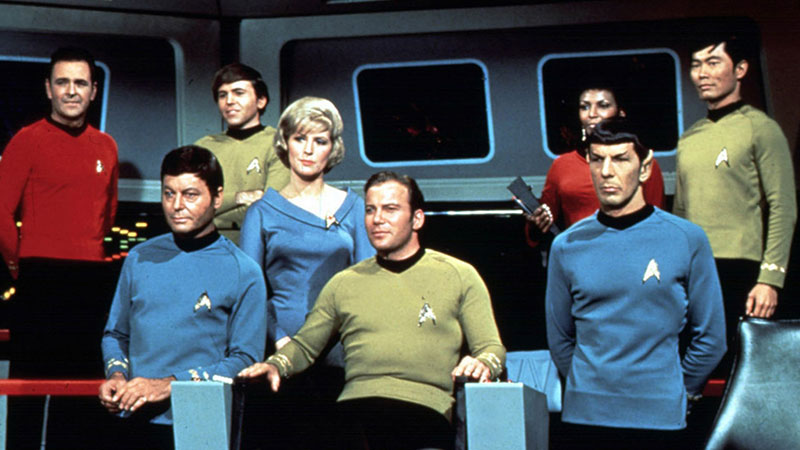
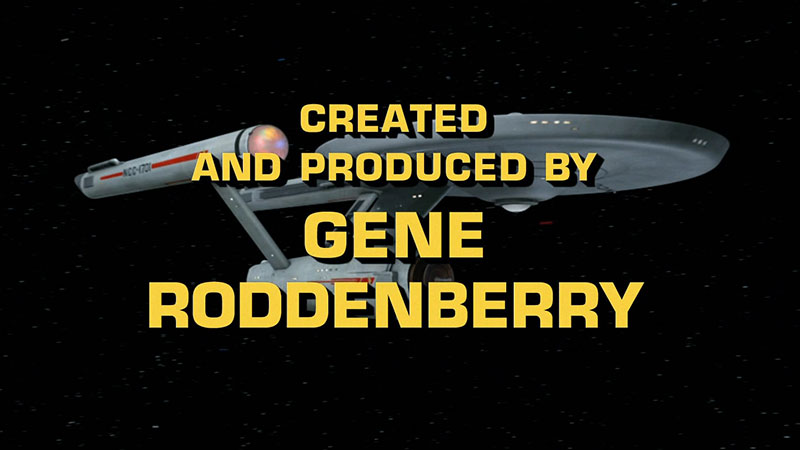
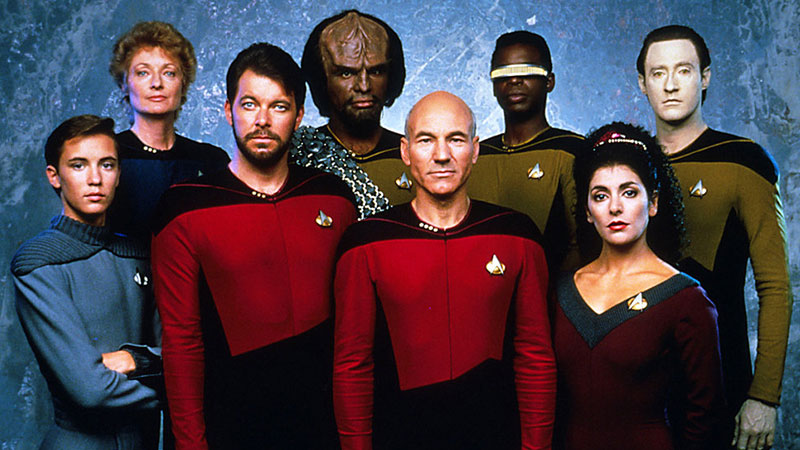
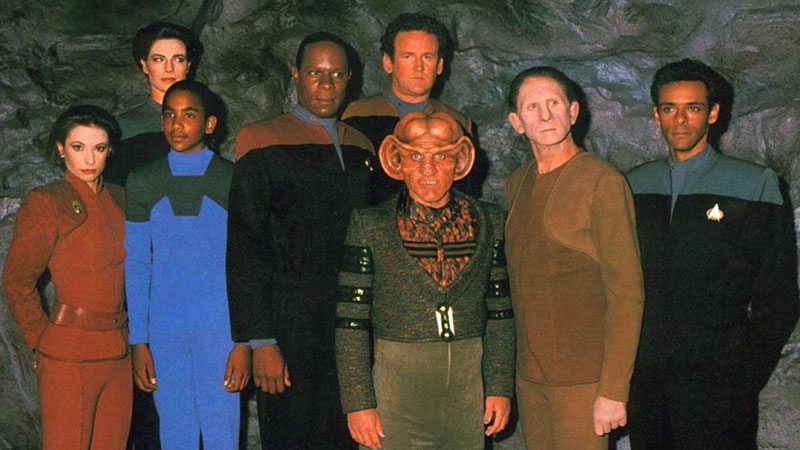
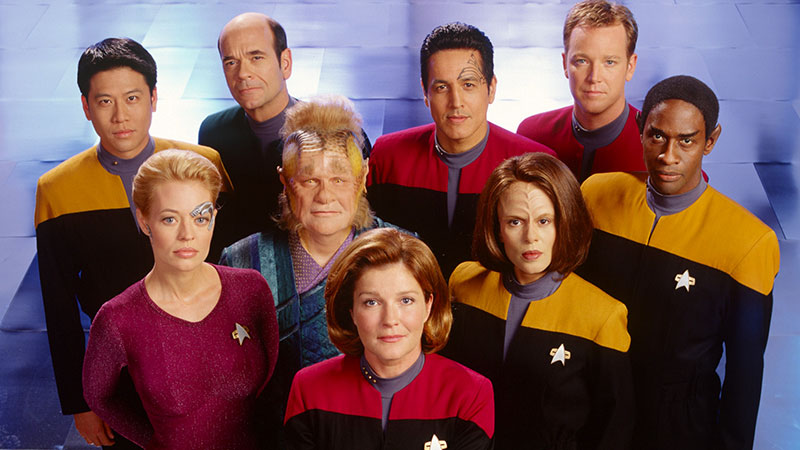
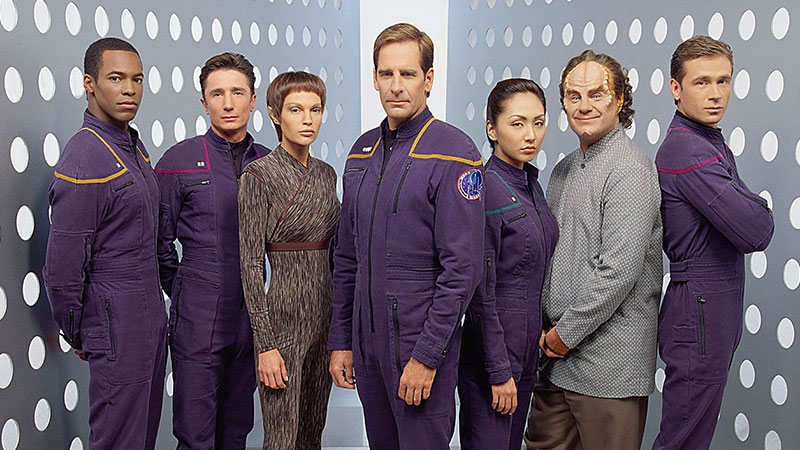
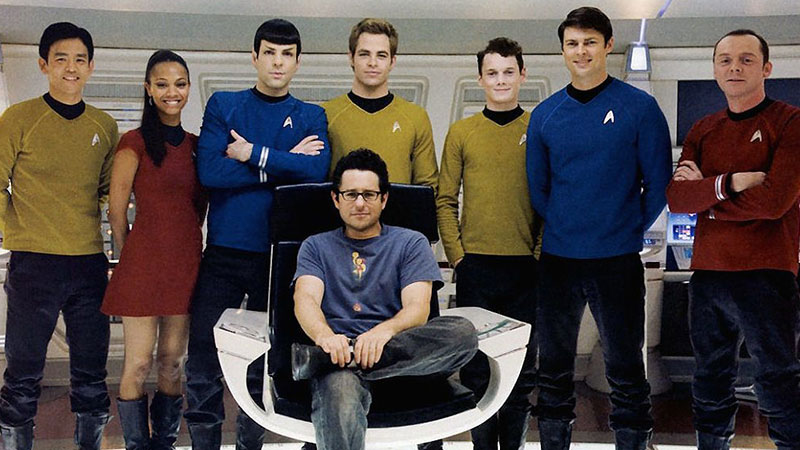
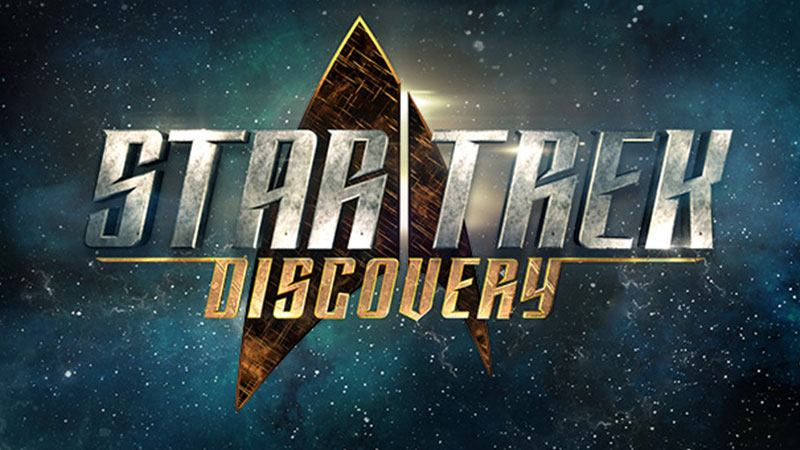
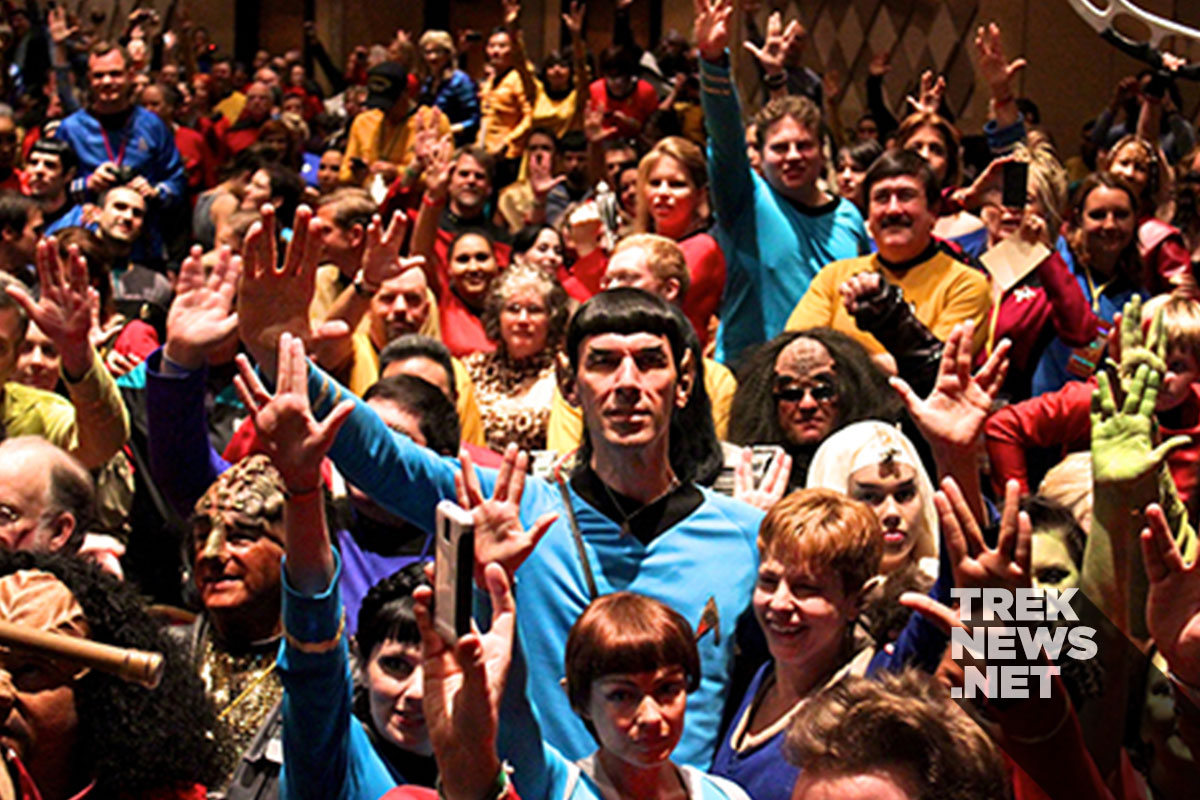
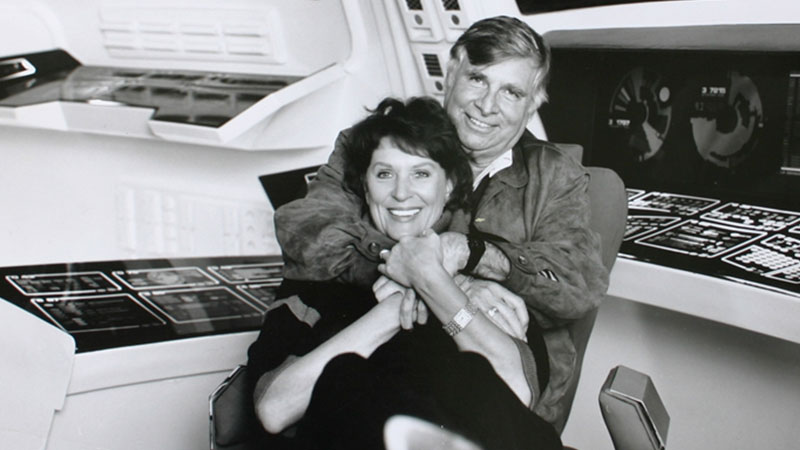







Shanahan
September 8, 2016 at 1:27 pm
Live Long(er) and Prosper! Thanks for 50 great years, here’s to the next half-century.